Othello Trigger
Othello Trigger
Ever since its release in 1995, people have been patiently waiting for a true sequel to Chrono Trigger, yet all we got was Chrono Cross, and then radio silence. Well 30 years is long enough! Finally, Chrono Trigger has a true sequel. And just like Metroid, its sequel is on Game Boy, Game Boy Color to be exact! Do you love Active Time Battle? Do you love exploring different time periods? Do you love New Game+ and multiple endings? Do you love 16-bit RPG's? Because if you do, then this is NOT the game for you. Seriously, it has none of that, go play Chrono Trigger instead.
But do you want to know what happened to the gang after they defeated Lavos? Do you love playing the board game Othello? If so, then this is the game for you!
Playing the Game
The game starts the way life starts. Then will take you through a series of cutscenes to show you what happened after Lavos was defeated. And then you will play Othello against a computer, I mean robot, I mean Robo! Controls are simple.
D-pad: moves the cursor
A Button: select where to place your piece
And since this is being played on a Game Boy, it takes a long time for each turn to load, but don't worry, you'll get visual cues when it's ready.
Developing the Game
Believe it or not, I originally created this Othello game in high school using Pascal (AP Computer Programming), about 2-3 years after Chrono Trigger came out. At first it was only a two player game, and you had to take turns using the mouse, but since I finished the game early, my teacher taught me how to program an AI that could be used so you can play the computer. A couple years later I ported it to Javascript during downtime at my college internship, and that's where it has stayed for the last 25 years. So this is a port of the Javascript code which has amazingly survived, the Pascal is long gone. I will say, while Pascal to Javascript was a pretty simple and basically line for line port, this port was much more difficult to pull off, the Game Boy is not only nearly a decade older than the computers I originally used, but it's also a handheld! This is also the second game I tried to create in GB Studio, the first being Game Boy Hero, but I quickly ran into a lot of trouble as I was not familiar enough with the software to pull off the logic required to create Othello. Luckily, this game taught me a lot about GB Studio, and that knowledge got put to use in creating Game Boy Hero II, which in turn gave me the knowledge to finish this game. So I returned to this game, but then entered a couple of jams which delayed the release of this game until now.
The Normal level of difficulty is the original AI I developed way back when. The Easy AI existed when I first made the game, and then got upgraded to Normal before I completed it, so this is the first time since I was originally making the game in high school that this AI has been playable. The Hard AI is completely new and something that I had been meaning to do for years but life always got in the way. I would have liked for it to have been a more robust AI, but without the ability to use arrays or matrixes in GB Studio, it proved incredibly difficult to pull off, it was challenging enough just to make this game work without arrays and matrixes. The ability to see available moves is also a new feature that I'm introducing here, as is the ability to choose between going first or second. And of course the Chrono Trigger stuff I added in just for fun because every video game needs a story, even if it's a board game!
There was one compromise that I had to make for this game and that is that it had to be a Game Boy Color game. You can only display so many sprites on the screen at one time on a Game Boy or Game Boy Color, so using sprites for the checkers was not an option. So therefore I had to use tile swapping, and tile swapping requires that every tile be unique that is getting swapped. Unfortunately, creating an Othello board that fills the entire screen uses too many unique tiles, while a 8x8 grid is only 64 tiles, a board of that size would only fill a quarter of the screen. So I used a 16x16 grid with each spot on the board using a 2x2 tile space. That's 256 tiles for the board alone (not including the HUD which is pretty minimal), and the DMG only allows for 192 unique tiles, so Game Boy Color was my only option as it allows 384 unique tiles. As an added bonus, this did allow me to create Magus's Castle which actually uses 449 unique tiles (it took a lot of editing to get it down from 720), but is able to go over as it does not use dialogue. But as a kid who grew up with the DMG, I decided to make this game using only the DMG colors. This restriction was actually a bit of a challenge as it meant I had to convert the SNES's 16-bit graphics down to 2-bit graphics, but I'm very happy with how it turned out.
| Status | Released |
| Platforms | HTML5 |
| Release date | 50 days ago |
| Author | The Great Foohachi |
| Genre | Puzzle |
| Made with | GB Studio |
| Tags | Board Game, Game Boy, Game Boy ROM, storygame |
| Average session | A few minutes |
| Languages | English |
Install instructions
The .gbc file is a standard Game Boy Color rom which can be played off of a flashcart or via an emulator.
The .pocket file is specifically for use on the Analogue Pocket.
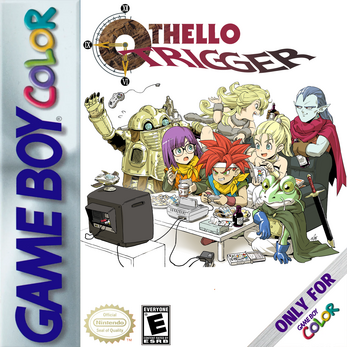
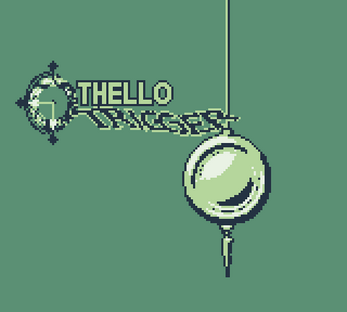
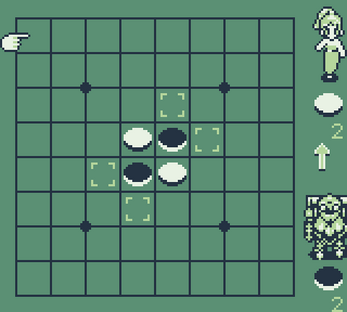
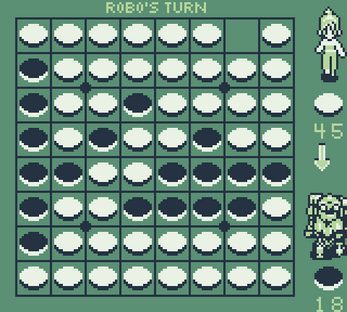
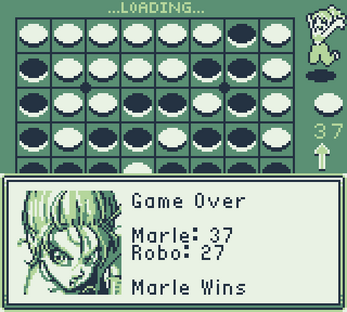
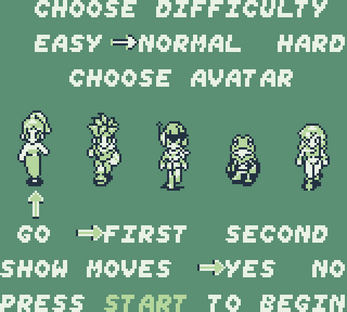
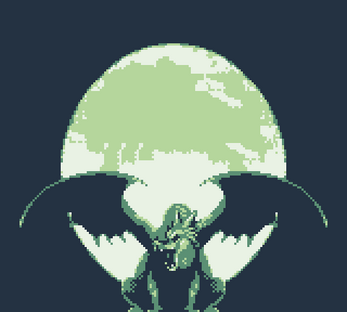
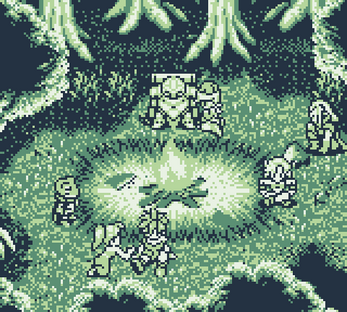
Leave a comment
Log in with itch.io to leave a comment.